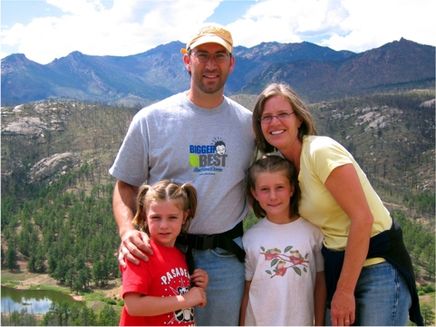“To keep ourselves healthy, we need to keep our animals healthy.”
Time magazine is out with their top 10 of everything list from 2009 including a top 10 Green ideas. One of these ideas touches on the connection between the origins of the emergence of the virulent swine flu virus and factory farming of pigs. It's one of the better summaries of the situation I've read.
The H1N1 flu virus that triggered the first influenza pandemic in 40 years seemed to come out of nowhere, but, of course, that wasn't the case. The virus mutated inside a pig before making the leap to human beings, and scientists have traced it back to a strain that first emerged in U.S. factory pork farms back in 1998. Flu-virus experts worry that concentrated, factory-style pork farms — with tens of thousands of animals packed closely together — are the ideal incubators for new viruses and that we may see more such viruses spreading from pigs to people in the future. While agriculture-industry leaders say modern farms are ramping up their biosecurity efforts to prevent new pathogens from crossing to humans, more could be done. To keep ourselves healthy, we first need to keep our animals healthy.
It just makes sense that human health is integrally linked with the health of our environment. I'm reminded of a recent study of salmonella in chicken meat in the stores. They found that 2/3 of the chicken for sale in the store had salmonella bacteria but if you look more closely the chickens raised and processed in factory conditions like Tyson and Foster Farms had over 80% of their product with salmonella. One of the problems is that an industry standard is to dunk all the chickens in the same big tub of water after processing. Organic chicken using air chilled coolers had only 40% of the meat with the presence of bacteria.
I'm reminded of what the folks as Spokane's Family Farm dairy said about cleanliness. We can keep animals clean and healthy and end up with a quality and safe product with minimal processing or we can have less cleanliness and healthfulness in raising animals (in the name of efficiency) and try to make up for it by processing the heck out of the end product. This latter approach dominates our food lives and unleashes all kinds of uninteded consequences that no amount of chemicals or processing or vaccine or technology can resolve.
So this Christmas when we go shopping and we rejoice that our ham is only .79 cents/lb let's remember that there is a deferred and disconnected cost of dealing with things like Swine Flu, which is projected to cost around 5% of world GDP if it reaches pandemic levels, not to mention the terrible human cost.
Maybe what's really cheap is buying good clean and fair pork from Rocky Ridge Ranch for $3/lb.
